Safe work procedures
Safe work procedures can be written up in a variety of ways, ranging from simple checklists through to formal documents. What they all have in common is that they provide workers with approved methods for carrying out tasks or using particular machines or products.
Safe operating procedure
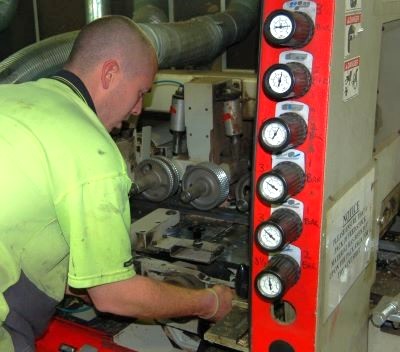
Depending on the level of detail contained in the document, the term ‘SOP’ can stand for either ‘safe operating procedure’ or ‘standard operating procedure’. These documents are used to describe the company-approved procedures for operating a particular type of machine or carrying out a task.
Safe operating procedures tend to cover pre-start checks, start-up, shut-down and emergency procedures in the event of a problem. Standard operating procedures are typically more detailed, and include extra information on the approved techniques for doing the job itself.
SOPs are not designed to replace the manufacturer’s operator manual or product instruction sheet. Their purpose is to provide a summary of the manufacturer’s guidelines in the context of the company’s own policies and procedures, and add details on the responsibilities of different staff members for carrying out pre-start inspections, routine maintenance, clean downs, trouble-shooting and other activities relating to the task.
Safe work method statement
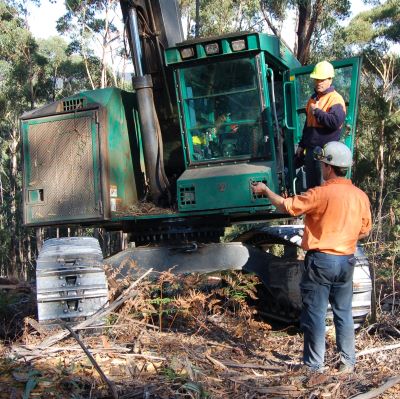
A safe work method statement (abbreviated as SWMS and sometimes pronounced ‘swims’) is a formal document that lists all the tasks involved in completing a job and describes how the hazards will be controlled.
It generally includes a risk rating system for assessing the severity of risks and the likelihood of an incident occurring (see Risk management for more details on risk assessment procedures).
Under WHS law, a SWMS must be prepared in advance for all jobs that are designated ‘high risk construction work’. Most of the jobs that fall into this category tend to occur on large building sites – however, for timber industry workers it does include work where there is a risk of falling more than 2 metres and work involving the operation of mobile plant.
Prestart checklists
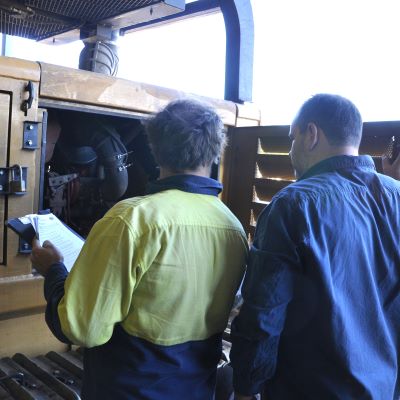
Pre-start checklists are used by operators when they inspect a machine or piece of equipment before using it. On some large machines, particularly mobile plant, the pre-start checklists can be built into the machine’s computerised system, enabling the system to record the inspection process electronically.
Most checklist forms allow you to write down any wear and tear issues or instances of minor damage that can be followed up by the maintenance staff later during a routine service.
SDS
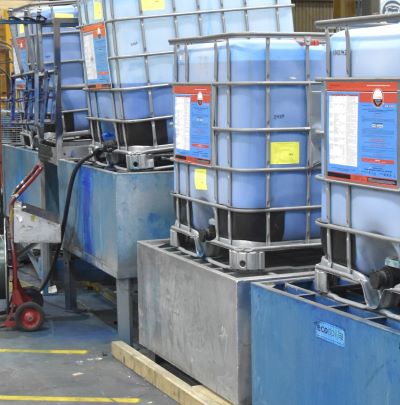
Every manufacturer of a hazardous substance or product is required to produce a safety data sheet (SDS) for it.
Chemicals are classified as hazardous when they have the potential to harm the health of people who are exposed to them. This definition includes chemical products such as fuels, oils, solvents and preservative treatments.
SDSs provide information on:
the identity of the chemicals or other hazardous substances in the product
acute and chronic health hazards that may result from exposure to the product
safe handling and storage procedures
emergency procedures to follow in the event of a spillage or accident
disposal processes and environmental care issues.
All manufacturers make SDSs available for download on their websites and sometimes they put hard copies in with the packaged goods. There is also generally a brief summary of the main points from the SDS on the side of the product container or packet.
Danger tags and isolation locks
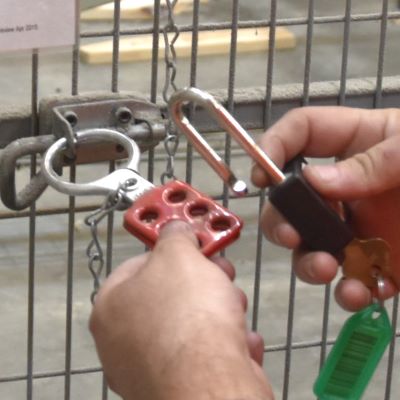
Danger tags are attached to the controls of a machine that has been removed from service to avoid it being accidentally turned on or operated by someone else. They are often used when a machine is waiting to be repaired or assessed by a maintenance technician.
Isolation locks are used when the potential risks are very high. Their purpose is to physically lock out the area or energy source so that the machine can’t be activated until the lock is removed.
Danger tags and isolation locks should only be removed by the person who attached them in the first place, or in that person’s absence, by someone else who is authorised to determine that the risks have been controlled and the machine is now safe to turn on.